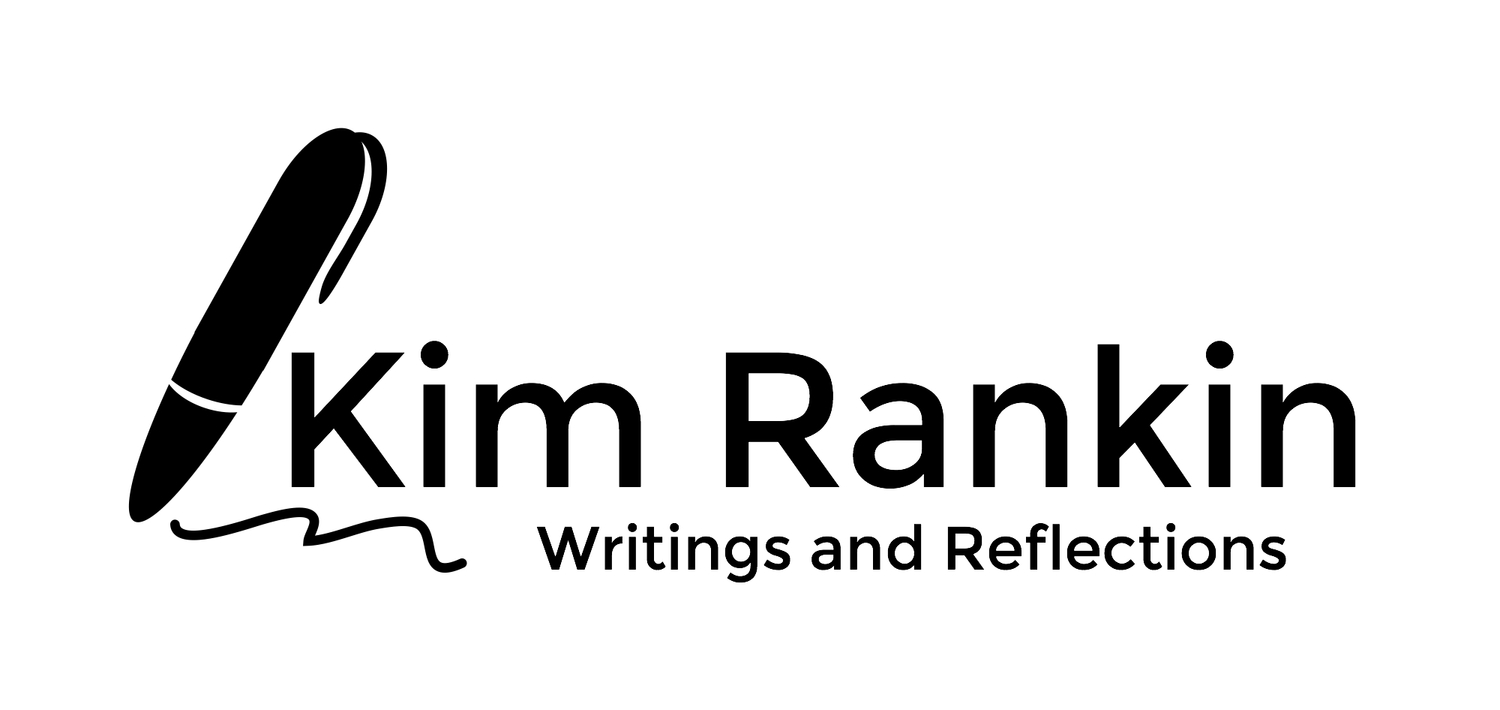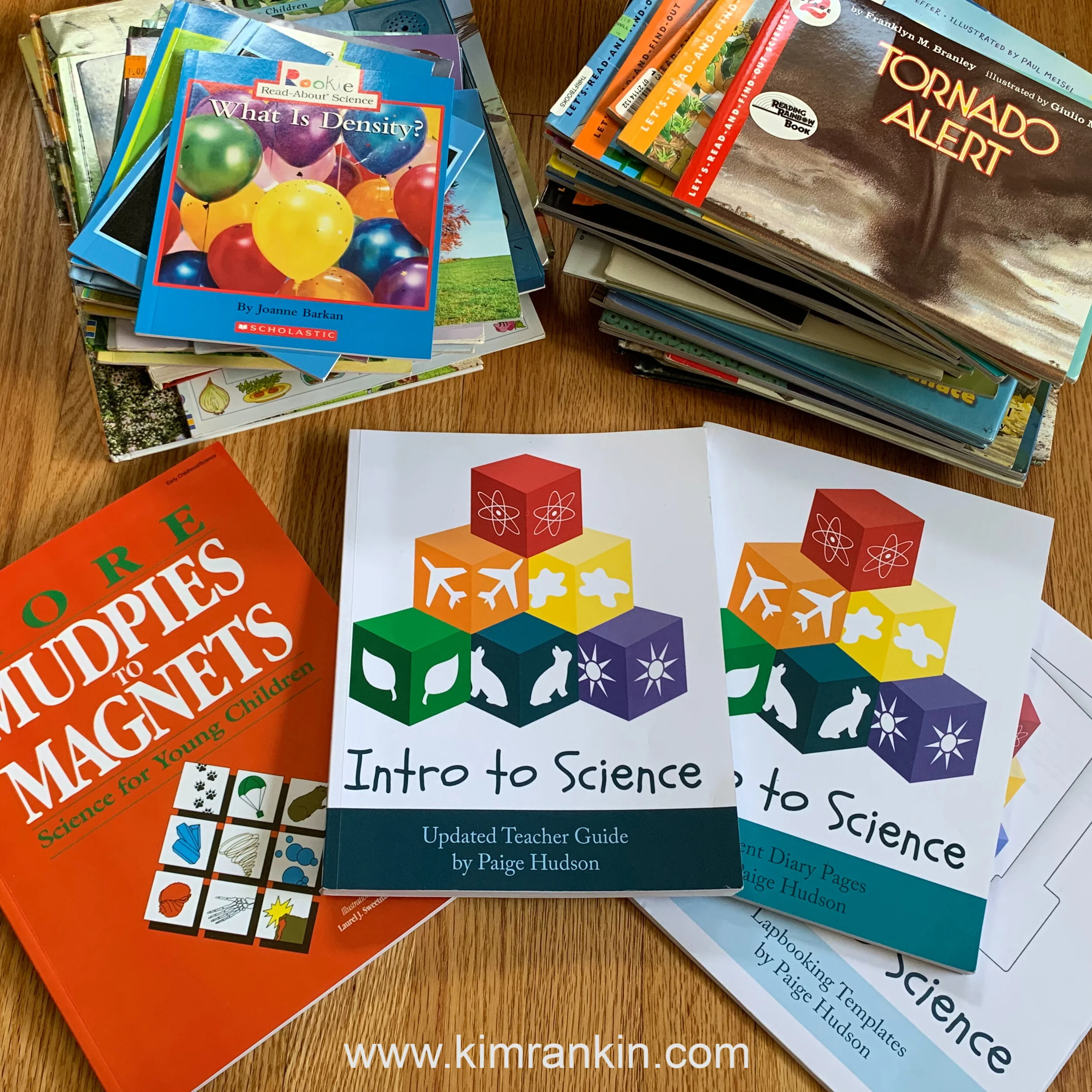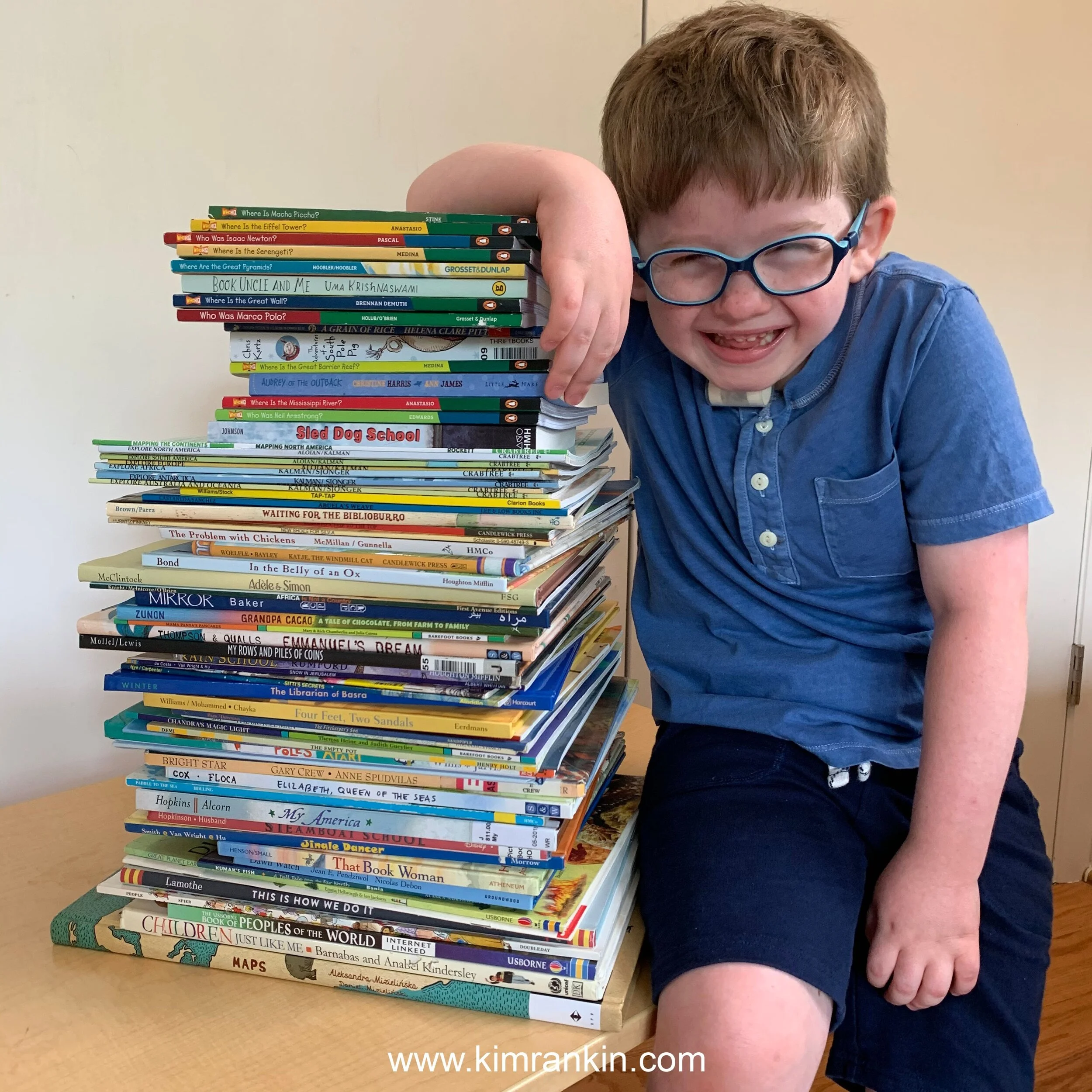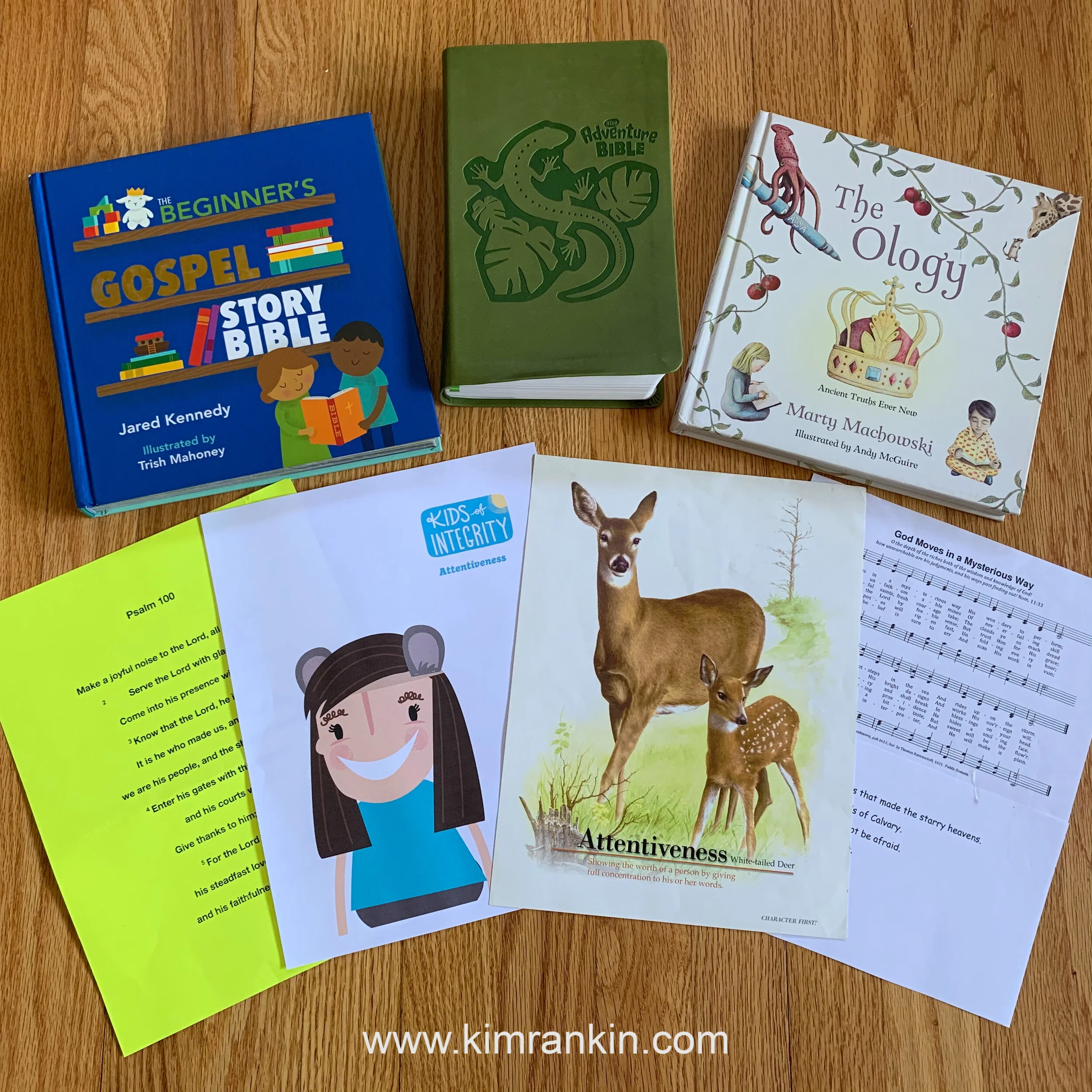'20 - '21 Homeschool Curriculum: Science
I am excited about the homeschool science curriculum I have picked for Nathaniel for this coming year. It will be the first year that we’ve used a full science curriculum. We’ve read and talked about science for years. I started that process by exploring animals we might find in our yard when Nathaniel was four. Examples of what those explorations looked like can be found by reading this post that described when we learned about fireflies and this one when we learned about turtles. Last year we did a semester long unit on the human body and disabilities. Information and a full booklist are available for that study.
This year we will be using Intro to Science by Elemental Science. This is the first time I have used materials from this company. I don’t know anyone who has used this particular course. But it contained many of the things I was hoping to find for science for us this year:
Weekly topic.
Uses real books, not a textbook.
One hands-on experiment per week.
Opportunities for writing.
Opportunities to grow observation skills.
Intro to Science uses the Usborne Children’s Encyclopedia, which we already owned and enjoyed using last year with our social studies units. It also uses the teacher’s resource, More Mudpies to Magnets. I have enjoyed teaching from this text the past. The course is targeted for students age four to six years old, or in K4 to first grade. This range can be expanded in either direction by selecting more advance or simpler books for each weekly topic. As I prepared for the start of our year, I selected at least one book for topic. Depending on what happens with our local library through the pandemic, I have at least one science resource per week. Tip: If we didn’t own a book on a topic, I turned first to Thriftbooks to purchase used books. I find their quality rating of “GOOD” to meet our needs adequately.
As written, the course is divided into six units with each six weeks in length. To fit with our plans for social studies, I will be dividing the material into seven units that will be five weeks long with an additional introductory unit. I am still purchasing books for units we will do later in the year, but the following photos gives an idea of the scope of our study this year.
Unit 1: Earth, Moon and Sun
Topics: sun, light, colors, moon, seasons, compass, maps
Unit 2: Chemistry
Topics: solids and liquids, solutions, density, crystals, freezing
Unit 3: Physics
Topics: gravity, magnets, inclined planes, pulleys, static electricity
Unit 4: Geology
Topics: fossils, sedimentary rocks, metamorphic rocks, volcanos
Unit 5: Zoology
Topics: fish, butterflies, mammals, reptiles, birds
Unit 6: Meteorology
Topics: water cycle, wind, weather, tornados, thermometers
Unit 7: Botany
Topics: plants, flowers, seeds, roots, stems and leaves
Additional materials we will use for the 2020-2021 school year include:
’20-’21 Homeschool Curriculum: Bible and Character













